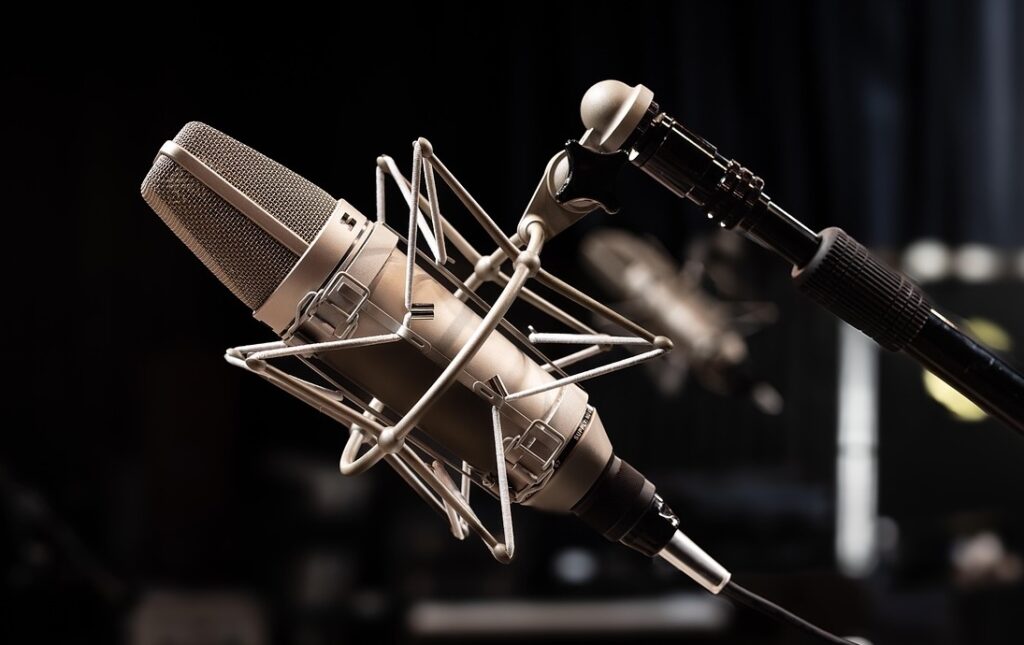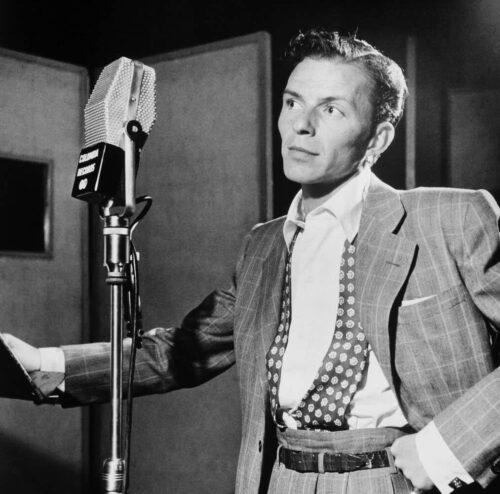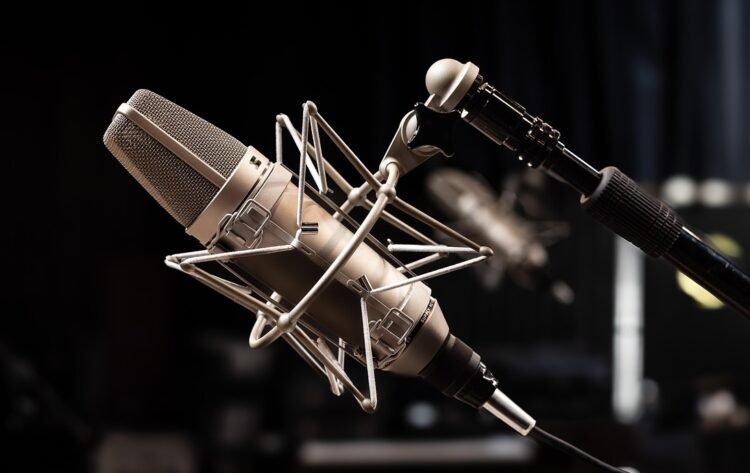As you can imagine, I get a lot of questions about recording and mixing. In fact, during a recent workshop I received 236 questions over three days. I couldn’t possibly answer them all during the Q&A, so I’m answering them now in a series of YouTube videos. The latest one is dedicated to recording, where I noticed a theme that’s really been a continuation of questions about vocal recording. As a result, here are my 5 principles for recording that, if followed, will get those vocals sounding a lot better in a lot less time. Here we go.

Principle #1: Choose a mic that matches the vocalist. The best, most expensive mic that you have in your locker may not be the best fit, and that’s where I see a lot of engineers get into trouble that they have a hard time rectifying later. The best microphone match for a vocalist is usually one that has the opposite sonic signature. For instance, a shrill-sounding singer usually sounds better on a rather mellow mic, while a singer with a dark voice sounds better on a bright mic. The whole idea here is to try not to emphasize a resonant frequency in the voice with a similar-sounding mic.
Principle #2: Choose the right pickup pattern. Don’t automatically assume that cardioid will be the best fit. You may be surprised with what omni or figure-8 can provide. I spent a lot of my young years as a “vocal engineer” because I frequently used an omni pattern and the vocalists loved it.

Principle #3: Place the mic correctly. Have you even seen those old photos of Sinatra or Dean Martin in the studio where the mic is at nose or eye level pointing down at the mouth? This is actually a very good vocal recording technique as you’ll avoid both plosives and sibilants while still maintaining the sound of the microphone. The only time this might be a problem is for a female vocalist who might need some of the lower frequencies from the chest to round out the sound.
Principle #4: Determine the right distance. Getting too close to the mic is usually going to sound too big or cause plosive problems unless the vocalist is whispering. I like to tell vocalists to stay an open hand away from the mic, but it might extend to two open hands if the singer is a belter. Using the open hand is also a great psychological trick as you usually only have to tell the singer once, and they’ll usually test the difference themselves before every take.
Principle #5: Don’t rely on a pop filter to filter out pops. Pop filters are really spit filters meant to keep the moisture from bogging down the capsule of a condenser microphone and changing the mic’s frequency response. It might help to cut down on the pops a little since it causes the signer to stay a certain distance away, but it’s not the panacea that many engineers think it is. Best to follow Rule #3 instead.
Each one of these principles deserve a full blog post by themselves, and you can get more info in my Recording Engineer’s Handbook or one of my courses, but they’re a great place to start. Follow these vocal recording principles and your vocalist is going to thank you, and your mixing is going to be a lot easier.







